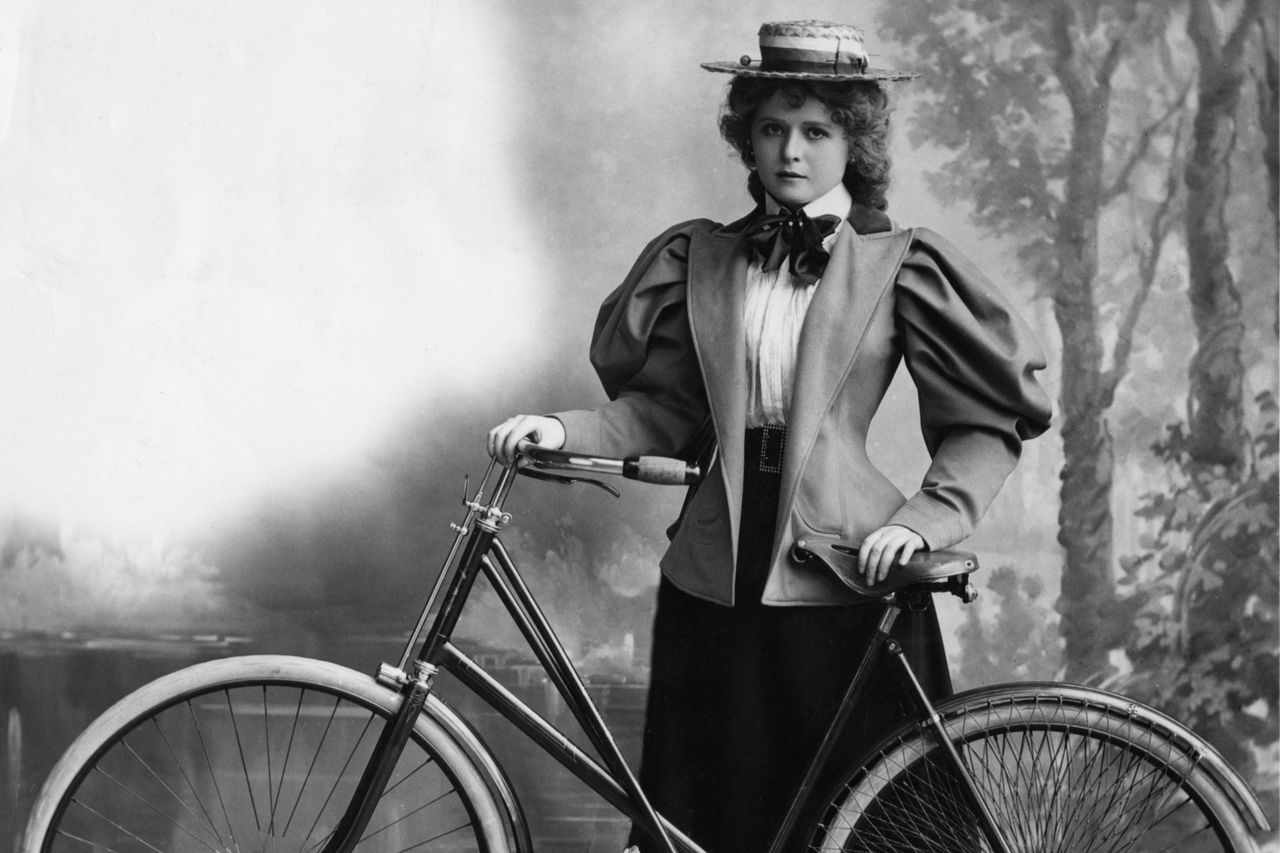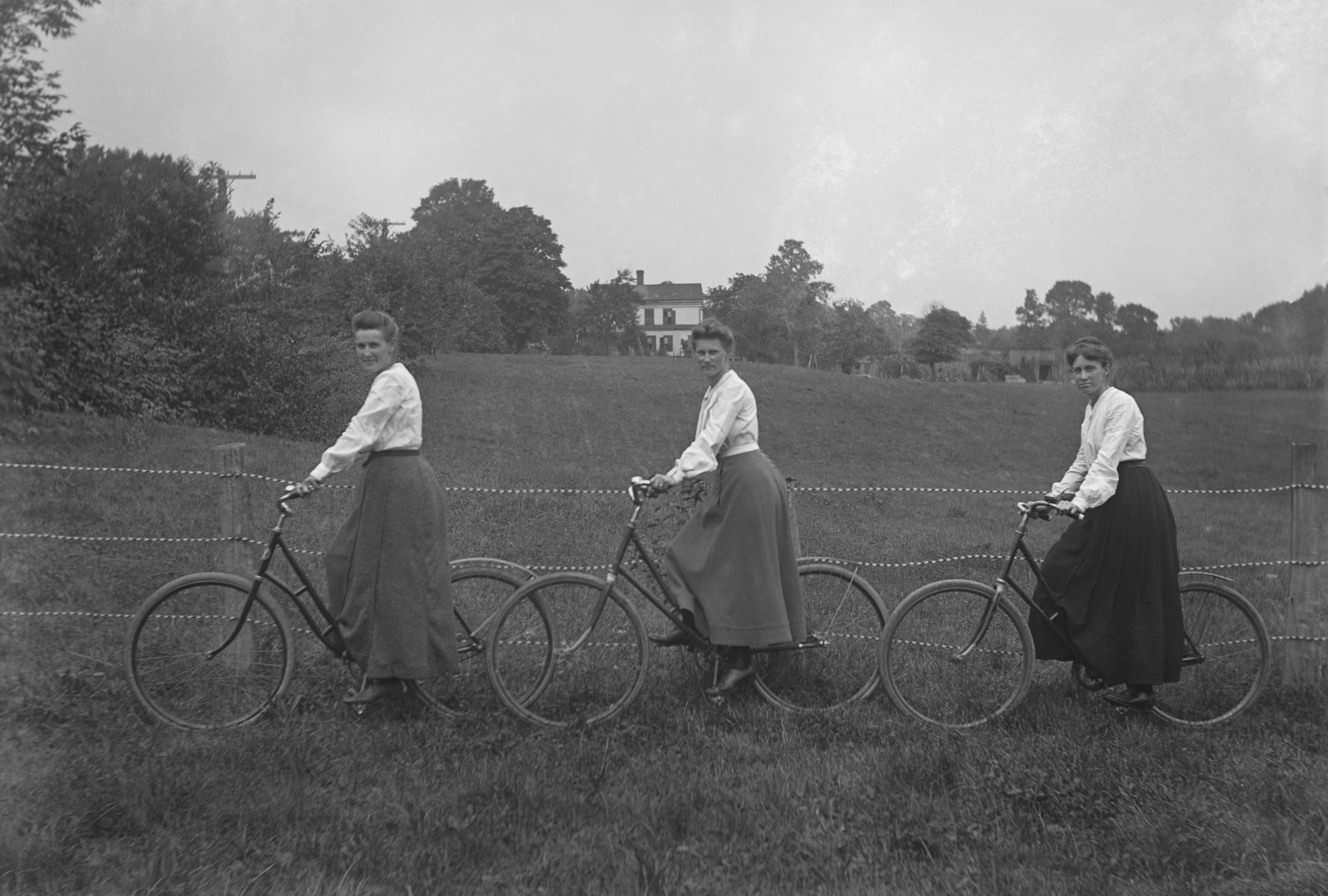Here in the US, today is Father's Day.
I could have written this post about ties with bike motifs, or cufflinks and bracelets made from bike parts, that you could give to your father (or any man in your life) if he were a cyclist. But you probably know about those things already. Perhaps you received such a gift yourself.
Instead, I am going to dedicate this post to two particular fathers--and grandfathers: Tony Nelson and Larry Paulik.
They are two of the five cyclists who were mowed down by a pickup truck driver near Kalamazoo, Michigan. Three other cyclists, who were mothers (and, in one case, a grandmother) died with them.
I implore every driver who encounters a cyclist on the road to remember that many are fathers and mothers, and all of us have parents. In that sense, we are no different from you. Thus, being mindful of us--as we are of you--is a family issue!
I could have written this post about ties with bike motifs, or cufflinks and bracelets made from bike parts, that you could give to your father (or any man in your life) if he were a cyclist. But you probably know about those things already. Perhaps you received such a gift yourself.
Instead, I am going to dedicate this post to two particular fathers--and grandfathers: Tony Nelson and Larry Paulik.
 |
| Tony Nelson |
They are two of the five cyclists who were mowed down by a pickup truck driver near Kalamazoo, Michigan. Three other cyclists, who were mothers (and, in one case, a grandmother) died with them.
 |
| Larry Paulik |
I implore every driver who encounters a cyclist on the road to remember that many are fathers and mothers, and all of us have parents. In that sense, we are no different from you. Thus, being mindful of us--as we are of you--is a family issue!




